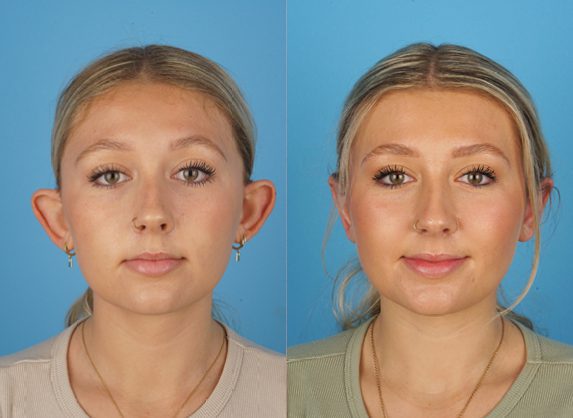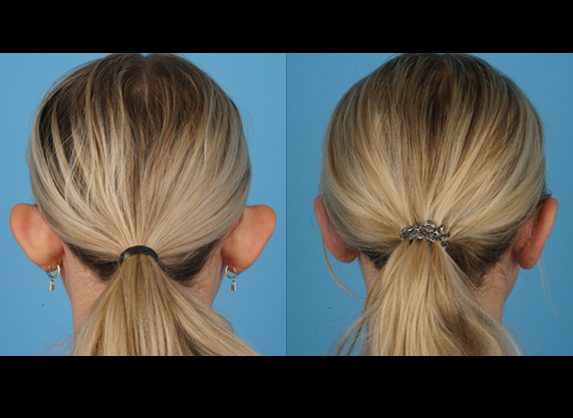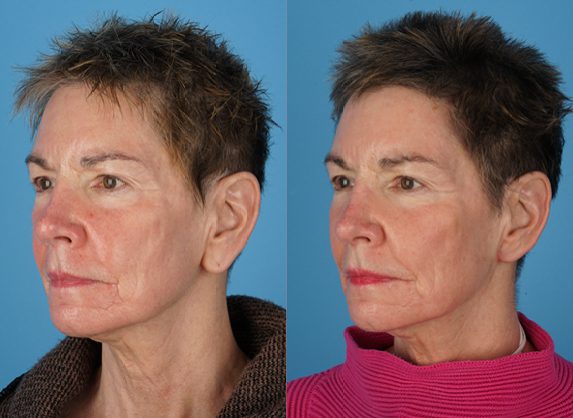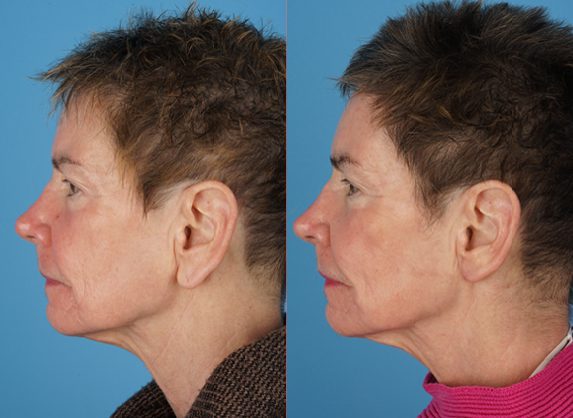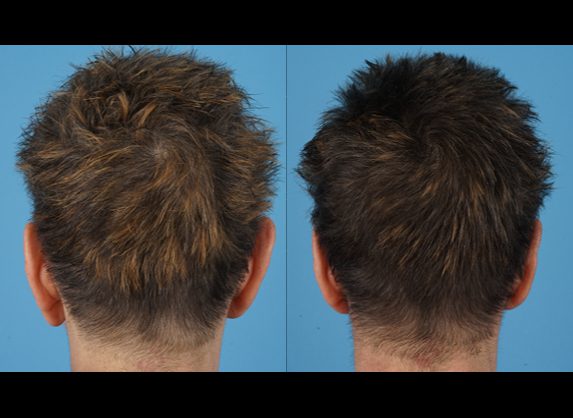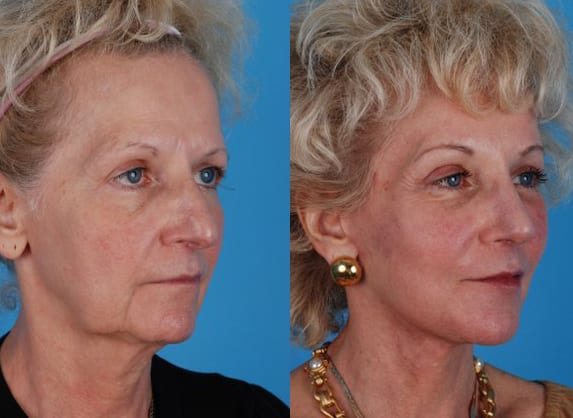HOW IT WORKS
The ears are second only to the nose as the facial body part people are most conscious of when they look in the mirror. Ear reconstruction offers a solution to a variety of cosmetic concerns that will restore and boost your self-image and confidence. The most common reason for the use of ear reconstruction is to change the shape or the size of the ears. Patients may feel their ears are too large, are not symmetrical, or, perhaps feel their ears protrude too much, and they want to pin them back.
Your doctor may remove excess cartilage or add medical implants to fill in gaps to create a more attractive ear shape.
Ear reconstruction addresses other problems as well–from babies born with a small, malformed ear, a condition called microtia, or no ear at all, to a person whose ear was injured in an accident or a severe burn. In these cases, major reconstruction procedures are called for, sometimes requiring more than one surgery. And of course, in more severe cases, mechanical impairments or impediments may be present as well. In these cases, the doctor needs to be conscious of these conditions as well as the cosmetic aspects of ear reconstruction.
Although patients seek ear reconstruction for a variety of reasons, all patients want the same result: ears that look normal, proportional and symmetrical. The doctors at Jefferson Facial Plastics in Philadelphia are well-versed in the performing ear reconstruction surgery.
Can Children Undergo Ear Reconstruction?
For children who were born with an underdeveloped ear, your doctor may consider cosmetic ear surgery as early as age six to create a new external ear. However, it’s preferable to wait until the natural ear has reached full size, which is usually by age ten.
In all ear reconstruction surgery, the doctor must take into account not only the cosmetics of outer ear reconstruction, but must also assess and consider the workings of the inner ear.
Often times children suffering from microtia also lack an outer ear canal. However, if the internal ear components are developed well enough, an external ear canal can be created.
Recovery Time
Recovery from this surgery, or series of surgeries, again will vary depending on the particular procedure used.
Recovery is a bit more complex with this procedure because in addition to the surgery to the ear itself, you will also be recovering from the areas where the skin was harvested, usually the upper thighs, and the rib cage where the cartilage was removed to rebuild the ear. The rib cage area incision usually takes longer to heal than the other areas.
Your doctor will instruct you about keeping your ear bandaged to prevent infection and may prescribe antibiotics as well.
Some patients experience more pain than others. Your doctor will work with you and prescribe whatever pain medications are necessary to keep you comfortable during your recovery process.
You will want to avoid sleeping on the ear for at least the first three to four weeks.
At the end of ear reconstruction surgery, however, you will have ears that have a look good and function well, restoring your self-confidence, self-esteem and self-image.
The Procedure
The procedures discussed here deal with more severe cases requiring major rebuilding of the ear itself, either externally, internally, or both.
External ear construction is essentially a process of building up the ear shape either with artificial materials or with biological materials. The goal is to leave you with an ear that looks totally normal and functions properly as well.
Your doctor may use artificial or natural materials to rebuild an ear. The procedure will vary and depends on the current condition of the ear, if one exists at all.
A prosthetic ear is usually made from silicone and is anchored by fixtures embedded into the side of the head.
The other, more organic and natural approach, is to remove some of your rib cartilage and shape a new ear from this material.
Basically, the ear is comprised of cartilage, skin and bone. The most effective method for success can be achieved by creating a new ear framework from your own rib cartilage. A living ear created from your own tissue is always preferable to a prosthetic ear.
Your doctor begins by using a mirror image of your normal ear as a template, when possible. Measurements, patterns and plaster casts are made from this mirror image, and the surgeon carefully chooses the location where he will place the newly created ear on your head.
In surgery, your doctor places a carefully carved cartilaginous framework of your own cartilage beneath the skin. After this heals, the ear is elevated, and a skin graft is placed behind the cartilage in order to create the space behind the ear, bringing the reconstructed ear out.
Once the cartilaginous structure is in place, your doctor will place transplanted skin over this shape, creating a natural look and form. It’s at this point that your doctor’s experience and knowledge come into play, as he changes the size, shape, position and even coloring of the ears.

